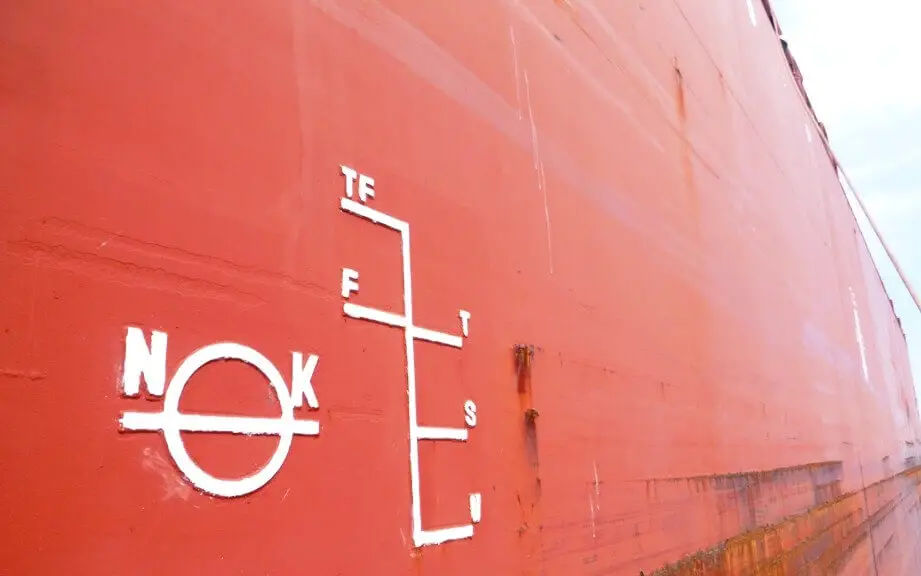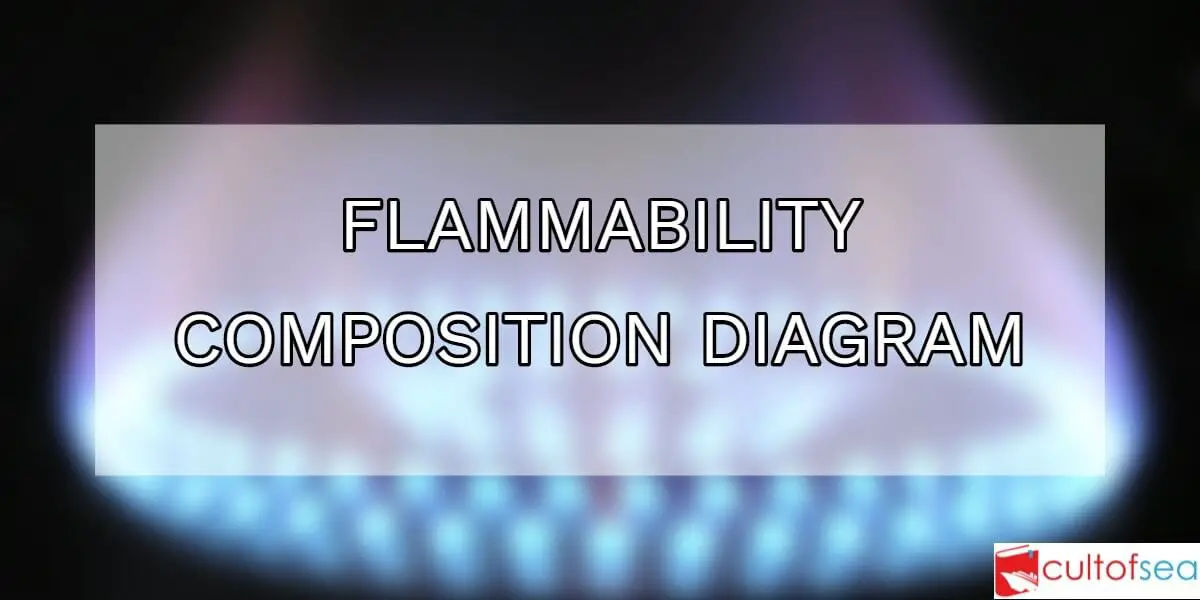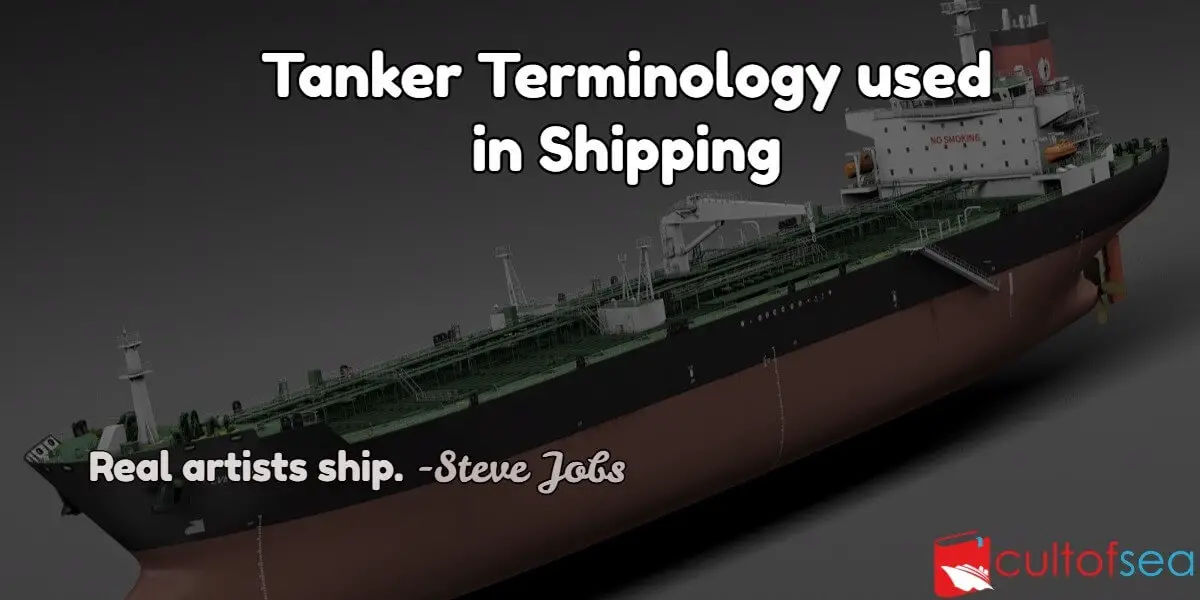Gross Observed Volume (GOV): The total volume of all petroleum liquids and sediment and water, excluding free water, at observed temperature and pressure.Gross Standard Volume (GSV): The total volume of all petroleum liquids and sediment and water, excluding free water, corrected by the appropriate volume correction factor (VCF) for the observed temperature and API gravity, relative density, or density to a standard temperature such as 60°F or 15°C and also corrected by the applicable pressure correction factor and meter factor.Relative Density: It is defined as the ratio of the … [Read more...]
History of oil transportation at sea
Transportation of oil by water was the indirect result of the first oil well. Mineral oil had been known to exist below the surface of the earth for quite some time. There are indications that the Chinese obtained small quantities from shallow mines several thousand years ago, but the small quantities obtained by them and people inhabiting the Middle East could never have justified the time and energy needed in developing it as a fuel for heating, lighting, and the multitude of other purposes which man has found for oil in the present highly Industrial Age. The first oil well was sunk in … [Read more...]
FLAMMABILITY COMPOSITION DIAGRAM
Flammability DiagramThe diagram given above (Flammability Composition Diagram) can be considered the most important diagram to understand the concept of flammability.Hydrocarbon gas normally encountered in petroleum tankers cannot burn in an atmosphere containing less than approximately 11% oxygen by volume. Accordingly, one way to provide protection against fire or explosion in the vapour space of cargo tanks is to keep the oxygen level below that figure.The flammable limits vary for different pure hydrocarbon gases and for mixtures derived from different liquids. For practical … [Read more...]
Tanker Terminology used in Shipping
Tanker Terminology Anti-static additiveA substance added to a petroleum product to raise its electrical conductivity to a safe level above 50 picoSiemens/metre (pS/m) to prevent accumulation of static electricity. Auto-ignitionThe ignition of a combustible material without initiation by a spark or flame, when the material has been raised to a temperature at which self-sustaining combustion occurs. BondingThe connecting together of metal parts to ensure electrical continuity. Brush dischargeA brush discharge is a diffuse discharge from a single blunt … [Read more...]



